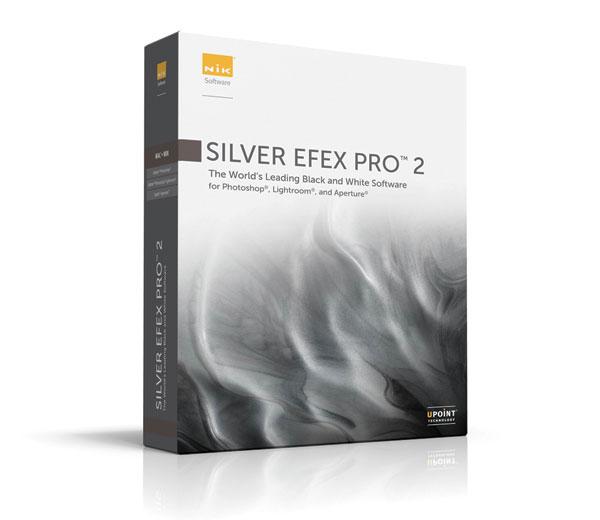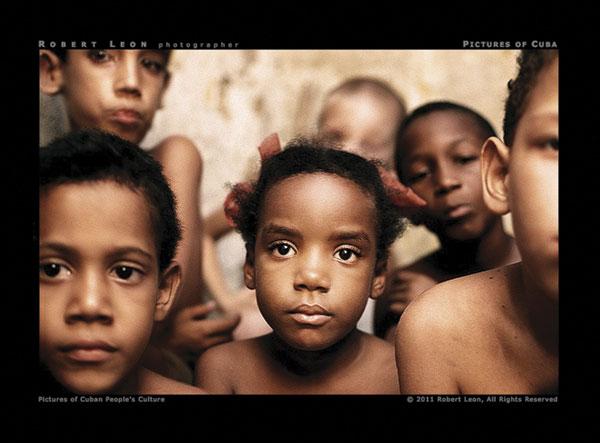Joe Farace
|
Nov 07, 2011 |
First Published: Sep 01, 2011
|
Nov 02, 2011 |
First Published: Sep 01, 2011
|
Oct 28, 2011 |
First Published: Sep 01, 2011
|
Oct 21, 2011 |
First Published: Sep 01, 2011
|
Oct 05, 2011 |
First Published: Aug 01, 2011
|
Oct 03, 2011 |
First Published: Aug 01, 2011
|
Sep 08, 2011 |
First Published: Aug 01, 2011
|
Sep 06, 2011 |
First Published: Jul 01, 2011
|
Aug 24, 2011 |
First Published: Jul 01, 2011
|
Aug 08, 2011 |
First Published: Jun 01, 2011






 Canon offers five different 70-300mm zoom lenses in its product lineup. Why so many? They obviously think this is a popular and practical focal length range and I happen to agree. I even own one of them myself—the EF 70-300mm f/4-5.6 IS USM—but the EF 70-300mm f/4-5.6L IS USM tested is the mac daddy of ’em all. Part of the reason for its high price tag ($1599) is that it’s the only one of the five lenses that is resplendent in white paint (the better for TV cameras to see), making it part of the “L” series. (See “Just For The ‘L’ Of It.”) Canon’s L lenses typically have wide apertures fixed throughout the zoom range but in this case all five lenses in this focal length range have identical f/4-5.6 apertures.
Canon offers five different 70-300mm zoom lenses in its product lineup. Why so many? They obviously think this is a popular and practical focal length range and I happen to agree. I even own one of them myself—the EF 70-300mm f/4-5.6 IS USM—but the EF 70-300mm f/4-5.6L IS USM tested is the mac daddy of ’em all. Part of the reason for its high price tag ($1599) is that it’s the only one of the five lenses that is resplendent in white paint (the better for TV cameras to see), making it part of the “L” series. (See “Just For The ‘L’ Of It.”) Canon’s L lenses typically have wide apertures fixed throughout the zoom range but in this case all five lenses in this focal length range have identical f/4-5.6 apertures.



